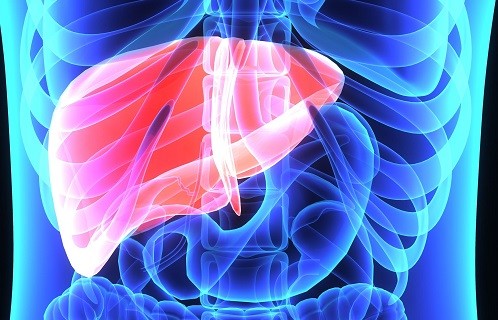
Author: Ahsan Bhatti, MD
Your liver is the largest organ in your body, and it is also tasked with performing a number of essential functions. It is a storage center for glucose, vitamins and minerals, it breaks down substances like medications and alcohol, and it makes bile that aids in digestion, among other things. However, due to the load it bears, sometimes issues can develop in the liver that cause problems for our whole body. One such condition is known as hemochromatosis. In today’s blog, we explain what hemochromatosis is and how the problems can be prevented and treated.
Understanding Hemochromatosis
Hemochromatosis is a condition in which excess iron accumulates in the liver due to a problem with how it is absorbed within the intestinal tract. This leads to excess iron being stored in the liver, and when too much iron is stored in the organ, it can become damaged. In patients with hemochromatosis, it’s not uncommon for excess iron to develop in other organs like your pancreas and heart, causing even more health issues.
Health data suggests that hemochromatosis affects roughly one in every 350 people, and the exact cause of this absorption issue and excess iron storage is not well known. That said, hemochromatosis is an inherited trait, and roughly 1 in 10 people carry the gene that can lead to hemochromatosis, although the majority of people with the gene will not develop the disease. If the condition runs in your family, you or your spouse may be screened for the gene to determine the likelihood that you or your children will develop hemochromatosis.
Symptoms of the condition don’t tend to develop until middle age, and men are more likely to develop symptoms before women due to the fact that women lose iron through menstruation. Symptoms of hemochromatosis include:
- Pain in the right side of your midsection
- Jaundice (yellowing of the skin and eyes)
- Diabetes onset
- Joint pain
- Weakness/Fatigue
Diagnosing And Treating Hemochromatosis
If you are dealing with the above symptoms, or if you are a carrier of the gene and you’re hitting middle age, you may have your iron levels screened. One high test may just be an outlier, but multiple elevated tests may lead to a hemochromatosis diagnosis. The sooner this diagnosis is made, the better, because undiagnosed hemochromatosis can lead to major health problems, whereas early intervention can prevent long-term liver and organ damage.
Treatment for elevated iron levels involves withdrawing blood from the patient, as red blood cells are rich in iron. Most patients will have 1-2 pints of blood removed every 7-10 days until stored iron levels normalize. This may take a few months, but once these levels normalize, you may only need to have your blood drawn every once in a while. All things considered, treatment isn’t all that different from what you’d go through when donating blood, although you will have blood withdrawn more frequently than a blood donor.
Your doctor may also recommend a few lifestyle changes to help avoid an overabundance of iron in your system. Those changes may include abstaining or greatly limiting your alcohol intake, improving your diet and getting regular exercise.
In rare instances where the damage is very severe, a liver transplant may be recommended. Your doctor can walk you through the specifics of this procedure should it come to it, but survival rates are well over 90 percent and the improvements in quality of life after a successful operation are typically significant.
For more information about hemochromatosis or other liver issues, reach out to Dr. Bhatti and the team at Bhatti GI Consultants today at (952) 368-3800.
